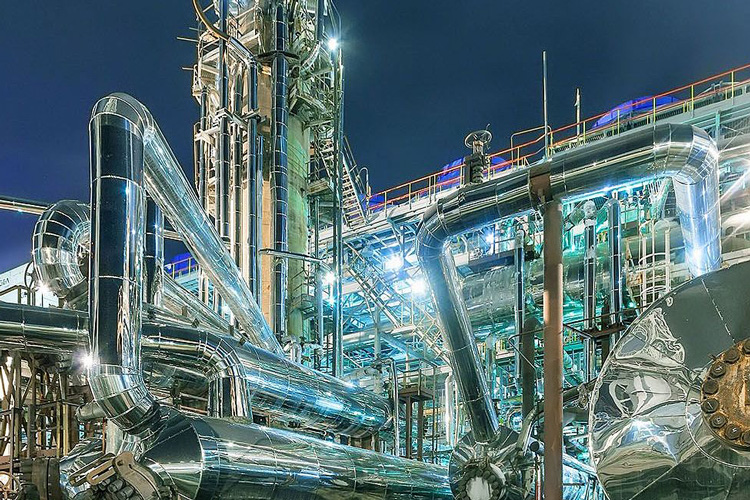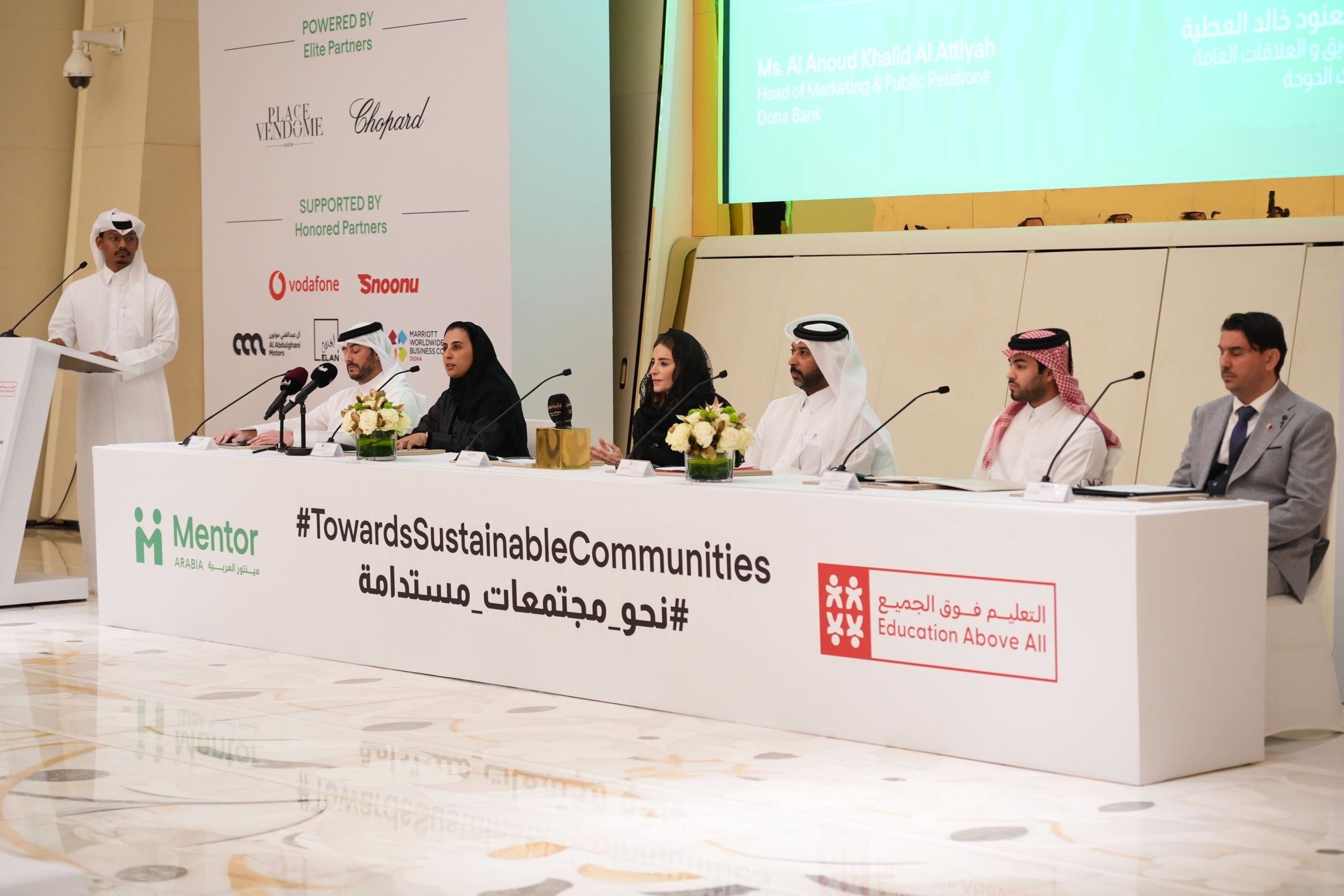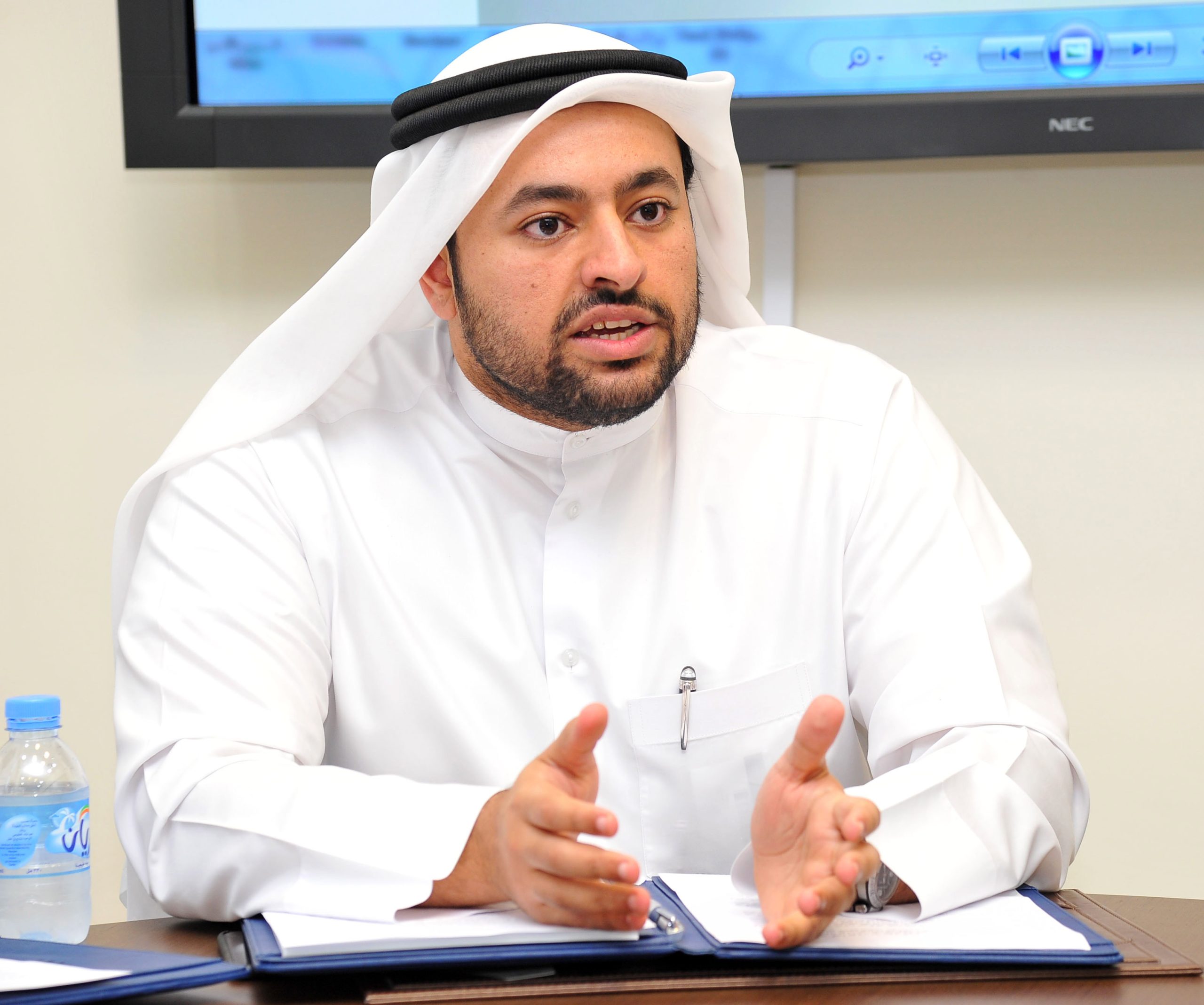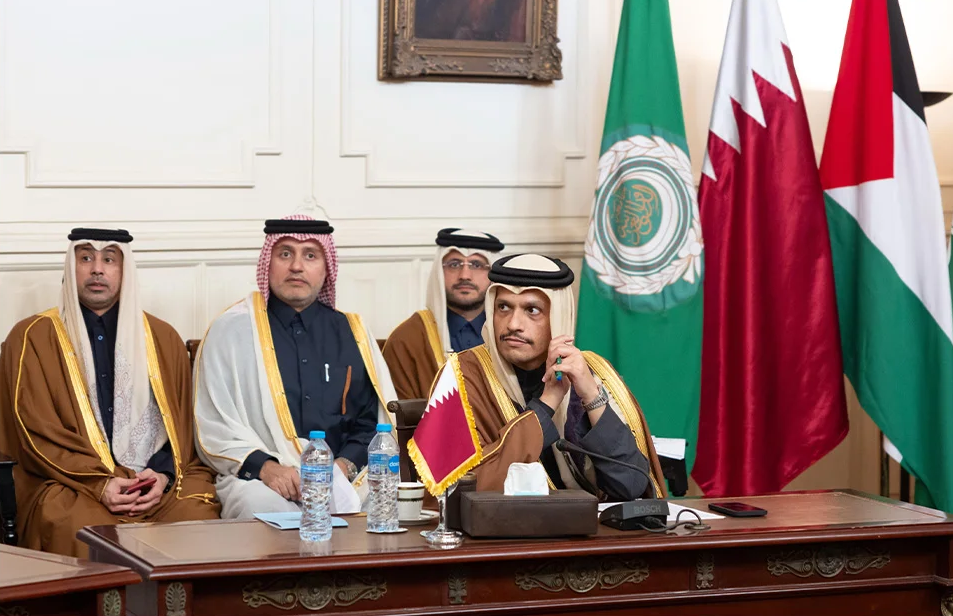GCC nations currently hold about 25% of the world’s oil and roughly 18 percent of global natural gas reserves.
Qatar recently unveiled plans to build the world’s largest blue ammonia plant, with a remarkable annual production capacity of approximately 1.2 million tonnes.
Announced by the Al-Attiyah International Foundation for Energy and Sustainable Development, the ambitious project, scheduled to start production in 2026, signifies the Arab Gulf’s strategic shift towards renewable energy sources and underscores the region’s potential to diversify their economies and mitigate carbon dioxide emissions.
Located in a region abundant in oil and gas reserves, the Arab Gulf countries, members of the Gulf Cooperation Council (GCC), currently hold about 25% of the world’s oil and roughly 18 percent of global natural gas reserves.
However, regional leaders are well aware that their economic reliance on oil and gas is not indefinitely sustainable.
With an eye on the future, many are exploring avenues to diversify their economies, expand non-oil sectors, and tap into the potential of emerging renewable energy sources.
Blue ammonia production, a type of hydrogen-based energy, is a focal point of this diversification. It’s created from natural gas, with the carbon dioxide produced during its manufacture captured and stored.
It serves as a potential low-carbon fuel for diverse industrial applications, including transportation, power generation, and heavy industries like cement and fertiliser production.
Blue ammonia is a favoured method for transporting hydrogen over long distances. The construction of the plant in Qatar, therefore, not only holds immense economic prospects but also carries significant environmental benefits.
Qatar’s investment in green hydrogen production, created via electrolysis of water using renewable energy sources, also demonstrates a drive to transition to cleaner energy sources.
It’s a versatile energy medium, with applications in power generation, storage, transportation, and even jet fuel production. Furthermore, it offers a pathway to reduce carbon emissions in heavy industries such as steel, cement, and fertilisers.
However, while the GCC are well-positioned to become major producers and exporters of hydrogen due to their enormous renewable energy resources and geographical proximity to major demand centres like the European Union and Asia, hydrogen production projects face significant economic challenges and risks.
Nevertheless, the pursuit of such initiatives could yield substantial environmental benefits and contribute to reduced dependence on oil exports.







